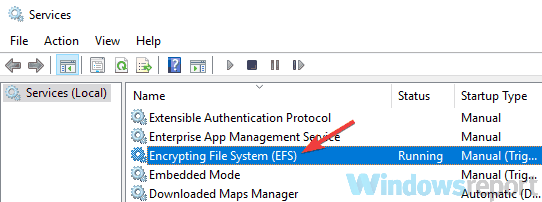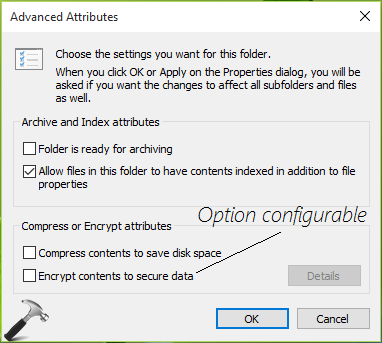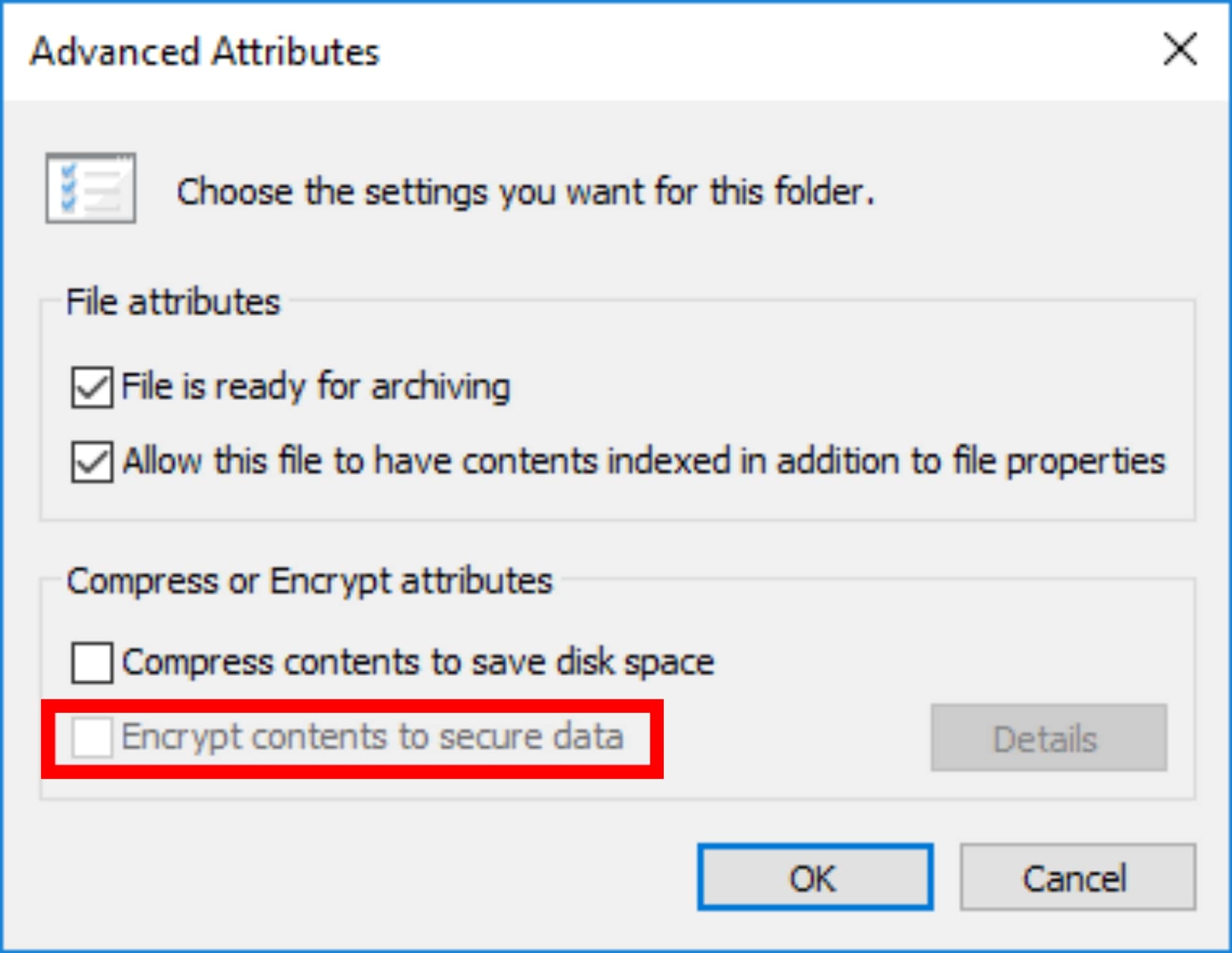

Check for any updates or patches to your encryption software as newer versions may include features or bug fixes that will allow you to access the encryption option.įinally, you may need to adjust some system settings. Third, you may be using an outdated version of encryption software. Second, you may need to update your operating system software if you are using an older version.Ĭheck to make sure you have the most up-to-date version installed. Ensure you have the appropriate access privileges to make changes to those settings.

Why is my encryption option greyed out?įirst, you may need access to the server where your encryption settings are located. The software will then encrypt them so that only those with the proper password can open the container. To use one of these programs, you’ll need to download and install the software, create a password-protected container (or partition) for your files, and then drag and drop individual files or folders into the encrypted space. Popular third-party encryption programs include VeraCrypt, AxCrypt, and TrueCrypt. These tools provide an additional layer of security for your data, as they tend to offer stronger encryption than the Windows EFS feature. You can also use third-party encryption tools to encrypt your files. Your system will then prompt you to enter your Windows user account password, after which you’ll be able to add a certificate to enable EFS and encrypt your files.

You should see a description that begins with “Reasons for failed automatic encryption.” Hover your cursor over that text to read the full rundown.To enable EFS on your system, you’ll need to open the Control Panel, select System and Security, click BitLocker Drive Encryption, and then select Manage File Encryption Certificates. (Open the Start Menu, type “system information,” then right-click on the search result and choose Run as administrator.) When the app opens, scroll down to the bottom of the screen and look for Device Encryption Support. Then you can decide to troubleshoot further, spend some money, or call it a wash. So first, you need a general idea of why your system didn’t automatically enable encryption. Presumably, you’re reading this section because you can’t encrypt your PC-that is, Device Encryption settings are invisible to you in Windows 11 Home-and you’d like to. Windows 11 Pro users can also hop into their BitLocker settings via the Control Panel ( Control Panel > BitLocker Drive Encryption) to manually save the key-which is a must if you log into your PC with a local account.

If your PC supports device encryption, this setting will be visible.Ĭurious where your recovery key is? For Windows 11 Home users (and many Windows 11 Pro users), the key is saved to your Microsoft account.


 0 kommentar(er)
0 kommentar(er)
